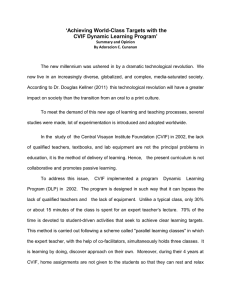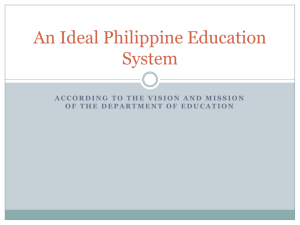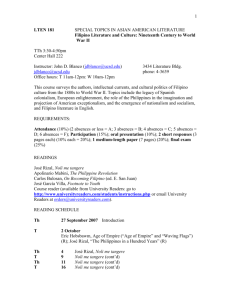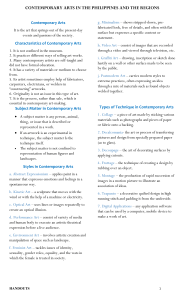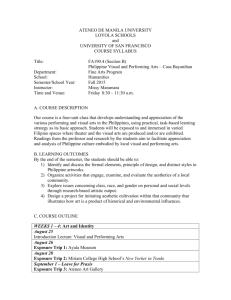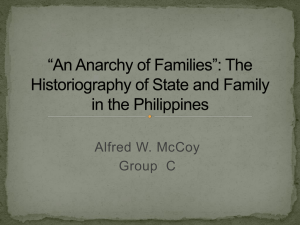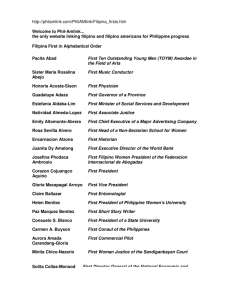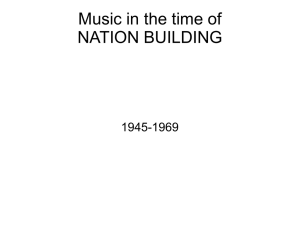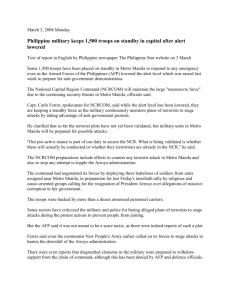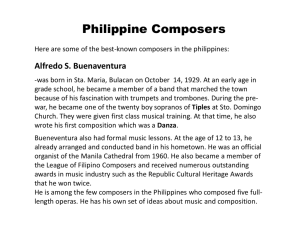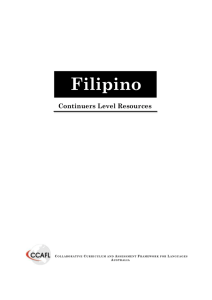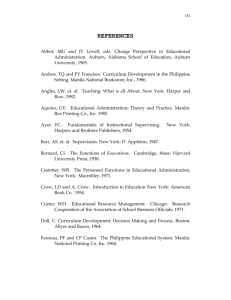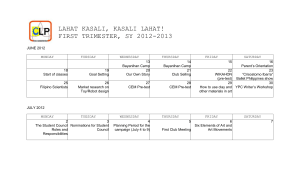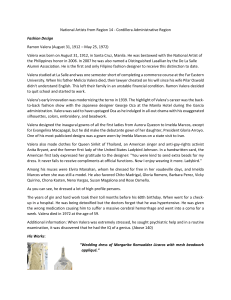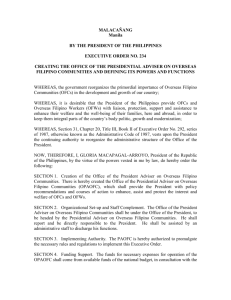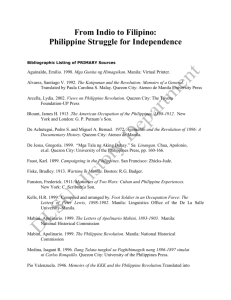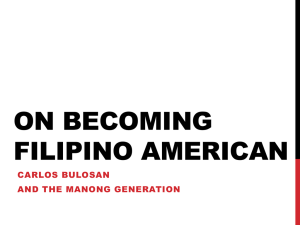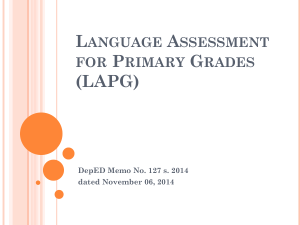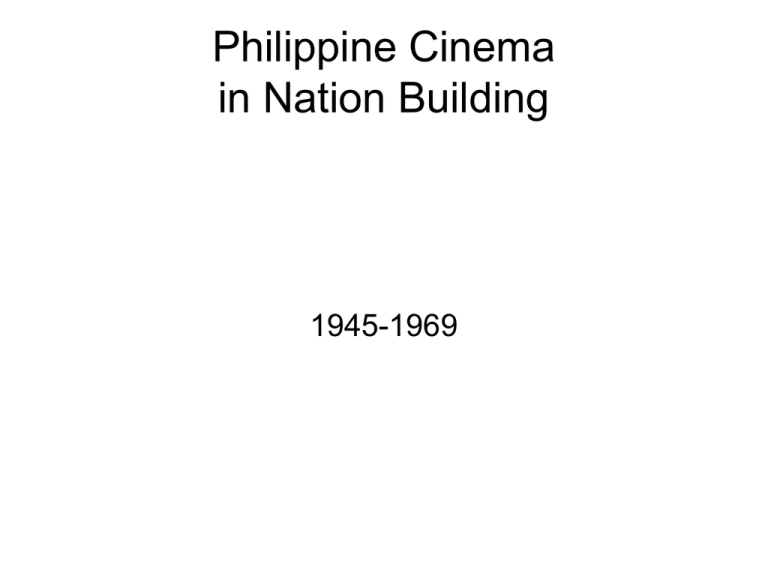
Philippine Cinema
in Nation Building
1945-1969
Victory Joe (1946) Manuel Silos
Second Golden Age
After World War II, filmmakers went back to work
with studios dominating the movie scene
Established reliable standards for work,
encouraging professionalism and love for the
medium
Gerardo De Leon
●
Sisa (1951)
●
Noli Me Tangere (1961)
●
El Filibusterismo (1962)
●
Ifugao (1954)
●
The Moises Padilla Story (1961)
●
Hanggang sa Dulo ng Daidig (1958)
●
Huwag Mo Akong Limutin (1960)
Noli Me Tangere
Lamberto Avellana
●
Anak Dalita (1956)
●
Badjao (1957)
●
Kundiman ng Lahi (1959)
●
Portrait of the Artist as a Filipino (1965)
Lapu-Lapu, 1955
Portrait of the Artist as a Filipino
Manuel Conde
●
Juan Tamad Goes to Congress (1959)
●
Genghis Khan (1950)
●
Juan Tamad Goes to Society (1960)
●
Ibong Adarna (1941)
●
Ikaw Kasi (1955)
●
Molave (1961)
Ibong Adarna, 1941
Gregorio Fernandez
●
Malvarosa (1958)
●
Higit sa Lahat (1955)
●
Luksang Tagumpay (1956)
●
Heneral Gregorio del Pilar (1949)
●
Dagohoy (1953)
Malvarosa
Manuel Silos
●
Biyaya ng Lupa (1959)
●
Biyaya
●
Tuloy ang Ligaya (1958)
●
Hagdanan ng Kalayaan
Chat Gallardo
●
Geron Busabos (1964)
Studio System
SAMPAGUITA
Women pictures& Comic adaptations
LVN
Comedies & Swordplay
PREMIERE
Action
“Formula”
Formula-oriented movies to ensure easy
accpetability among audiences who were thought
to be passive viewers seeking only to be
entertained.
LVN Movie Stars and Directors
Breakdown of Studio System
Labor problems
Rise of indepentent producers
Movie Stars and the “Hits”
Mainstream Moviemaking
Action Films
-increased fight sequence
Melodrama
narratives
-sentimental sarswela
●
●
Bomba
sex urge
●
●
Comedy
●
Horror
●
Musical
-melodrama celebrating
-slapstick
-Christmas & Halloween
-competition with TV
Awards
●
●
Maria Clara Awards
●
1950-51
●
Manila Times Publishing Company
●
Best Picture & Best Performances
Filipino Academy of Movie Arts and Sciences
●
FAMAS
●
May 31, 1953
●
●
“a picture should be judged in its totality as it
strikes the perceptual senses”
Formal aspects of filmmaking-scriptwriting,
Government Intervention
Cinema as a source of income
Heavy taxation
Censorship
●
Board of Review for Moving Pictures
●
1940s
●
●
Premiere's Ako Raw ay Huk, 1946
●
Philippine Constabulary intervention
●
Principle of prior censorship
1950s & 1960s
●
Crime and violence
Publication
Criticism
●
1960s
●
Philippine Studies
Bienvenido Lumbera's “The Tagalog Film and the
Logic of Irony”, 1962
●
●
The Manila Chronicle
●
●
Nestor U. Torre, Behn Cervantes, Ishmael
Bernal
Pilipino Reporter
●
Reviewer for komiks magazine Clodualdo del
Mundo Jr.
Metro Manila Film Festival
1966
Manila's Anniversary Day
Resurgence of Nationalism
Increase in the number of reputable venues for
Filipino movies to broaden the audience for local
films including college students and young
professionals

